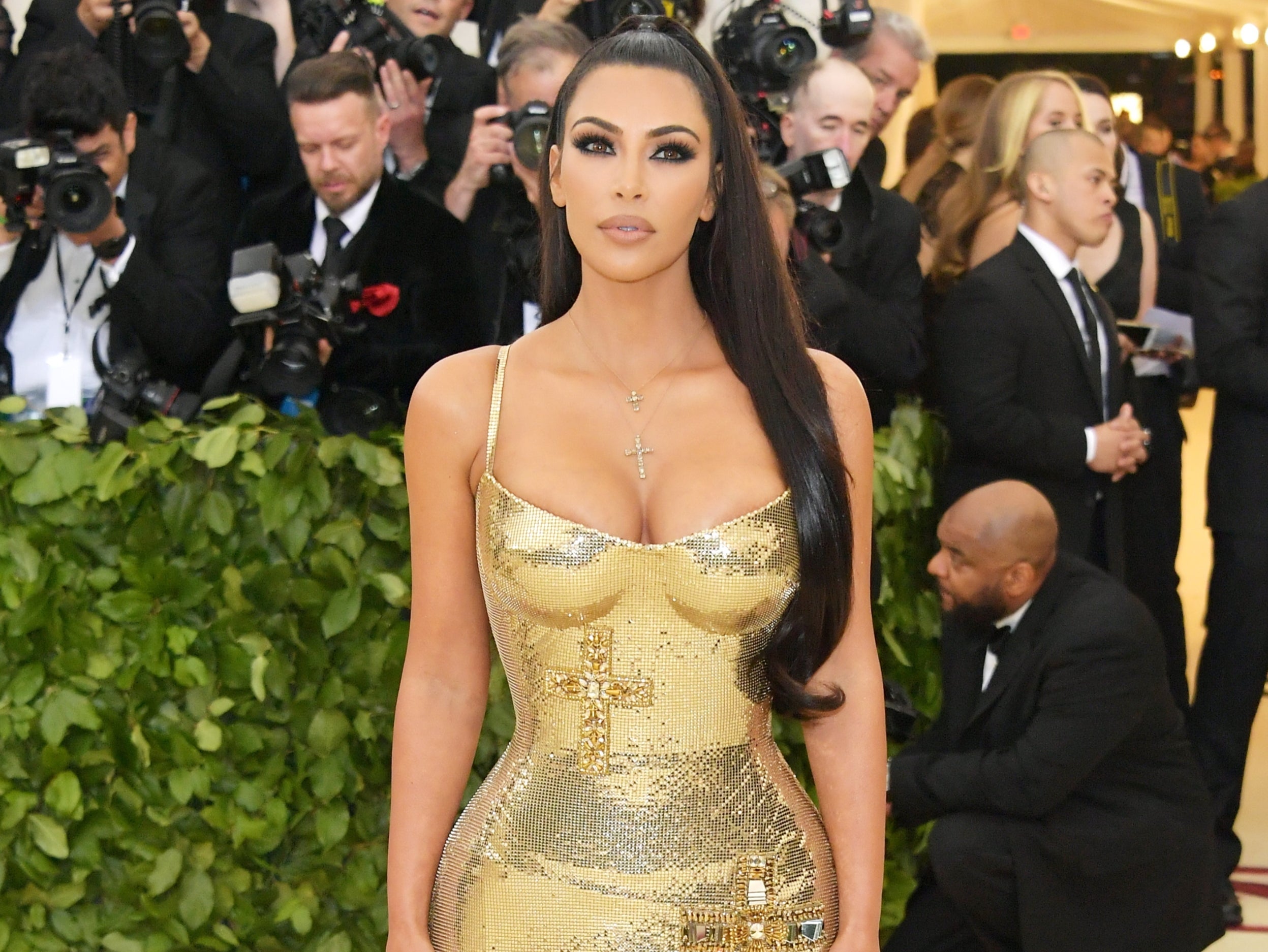Women who idealise hourglass figures are ‘less satisfied’ with their bodies, study finds
The hourglass figure ‘might be as unrealistic, unattainable, and harmful to women’s body image as the thin-ideal’

Your support helps us to tell the story
From reproductive rights to climate change to Big Tech, The Independent is on the ground when the story is developing. Whether it's investigating the financials of Elon Musk's pro-Trump PAC or producing our latest documentary, 'The A Word', which shines a light on the American women fighting for reproductive rights, we know how important it is to parse out the facts from the messaging.
At such a critical moment in US history, we need reporters on the ground. Your donation allows us to keep sending journalists to speak to both sides of the story.
The Independent is trusted by Americans across the entire political spectrum. And unlike many other quality news outlets, we choose not to lock Americans out of our reporting and analysis with paywalls. We believe quality journalism should be available to everyone, paid for by those who can afford it.
Your support makes all the difference.Women who idealise hourglass figures, such as that of Kim Kardashian and Kylie Jenner, are likely to feel greater dissatisfaction about their weight and appearance, according to a new study.
This is likely because western media has seen a shift towards a curvier body type – characterised by having a large bottom and thighs, small waist and stomach – becoming more favourable in recent years, researchers at York University in Toronto, Canada said.
The findings are based on a study which recruited 402 women aged between 18 and 25 from a range of ethnic backgrounds and split them into four groups.
Each group was shown 13 Instagram images. The first group was presented with pictures of the women with this curvy body type, named “slim-thick”.
The second group was shown images of “thin” women – those with small waists and slender thighs.
The third group was shown images of “fit” women with athletic figures. The last cohort - the control group – were shown 13 images of furniture.
The women’s satisfaction with their appearance, body and weight was measured before and after exposure to the images, finding that they all experienced greater dissatisfaction in all three categories.
However, the women shown images of slim-thick models reported more weight and appearance dissatisfaction and less satisfaction with their bodies overall.
The researchers concluded that the desire to achieve a “slim-thick” body, which has become more popularised by mainstream media, “may be more detrimental to women’s body image than thin-ideal imagery”.
The study noted that similar to the body types made popular by supermodels like Kate Moss in the early noughties, “this [slim-thick] body type might be as unrealistic, unattainable, and harmful to women’s body image as the thin-ideal“.
Researchers said the findings show that the “threat” of the “slim-thick” ideal should be considered by medical professionals when treating eating disorders and by brands when promoting products.
“Most body image and eating disorder prevention and intervention efforts are focused on combatting the thin ideal and drive for thinness,” the study said.
“While these efforts are important, they may be excluding important targets of treatment for women who ascribe to a curvier ideal.”
“Further, campaigns or advertisers that use curvier models with the intent to promote body-inclusiveness and body positivity should be aware that slim-thick models may be more detrimental to women’s body image than thin models.”
Join our commenting forum
Join thought-provoking conversations, follow other Independent readers and see their replies
Comments